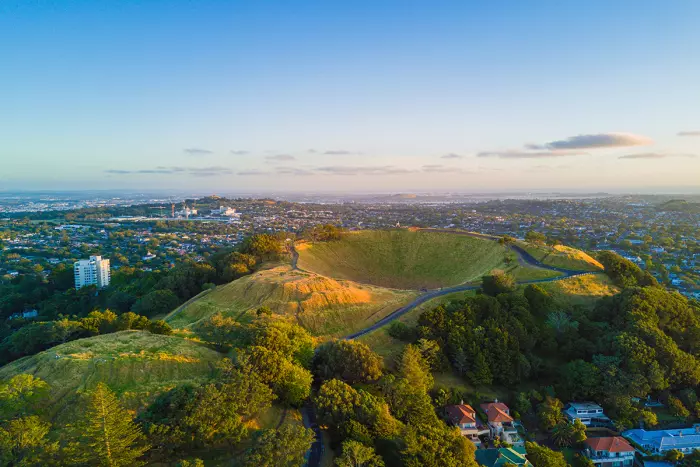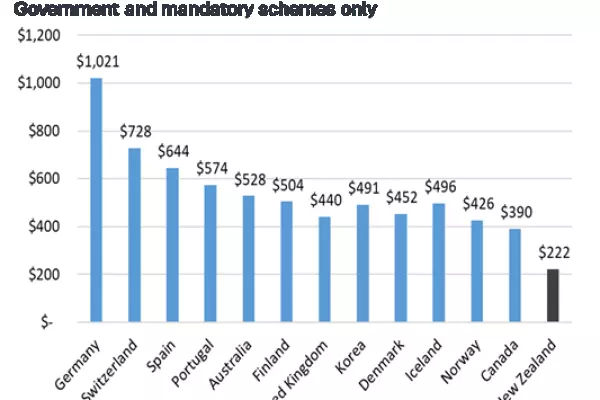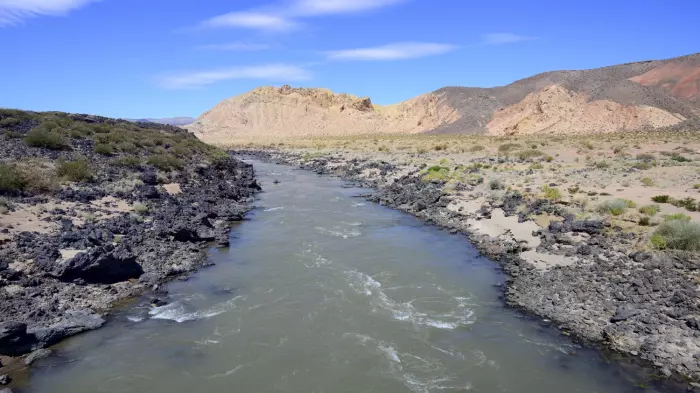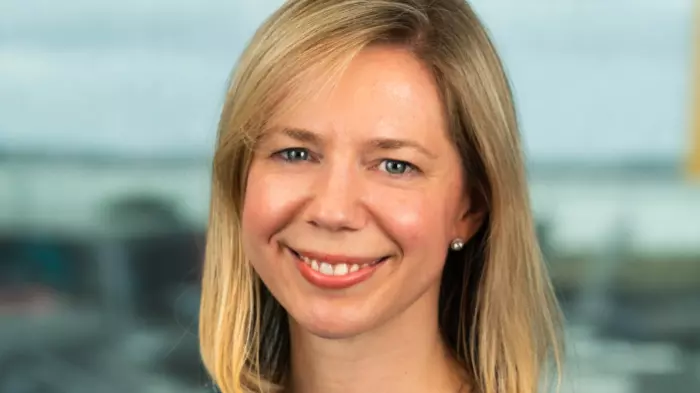Researchers have won a grant from the Earthquake Commission (EQC) that will see them tap into Auckland’s fibre broadband network to help monitor potential volcanic activity.
Calum Chamberlain and a team from the Victoria University of Wellington and the University of Auckland have partnered with Australian data company FiberSense to monitor New Zealand’s fibre network using a technology called distributed acoustic sensing (DAS) that can detect earthquakes of less than magnitude 1.
DAS sends laser pulses repeatedly down the cables, allowing cable stretching caused by passing seismic waves to be recorded.
Since 2009, GeoNet’s 11 Auckland seismometers have detected about 59 earthquakes in the area, though Chamberlain said even if seven-to-10 times more than that were recorded, it would still be considered a small number.
“At the moment, we just don't have a really good earthquake catalogue for Auckland because the earthquakes that are there are really small, and so they don't get picked up by GeoNet,” Chamberlain told BusinessDesk.
He said earthquakes of less than magnitude 1 can be detected using existing technology, but the fibre method is likely to be better at detecting and locating them.
According to Chamberlain, existing research suggests an eruption is likely to be preceded by increased seismic activity and potentially large magnitude earthquakes. However, an eruption on the Auckland volcanic field (AVF) is not likely during our lifetime, he added.
“What we want to do is to really get a better picture of what the background seismicity in Auckland is like so that if we do see increased rates of seismicity, increase rates of earthquakes, we can really robustly say whether that's normal or abnormal.”
The DAS method is expected to create the effect of placing a seismometer about every 10 metres along any of the fibres deployed in Auckland the networks FiberSense has access to thanks to its existing relationships with NZ’s telcos.
FiberSense will crunch the numbers and pass them on to Chamberlain and co, who will study the findings.
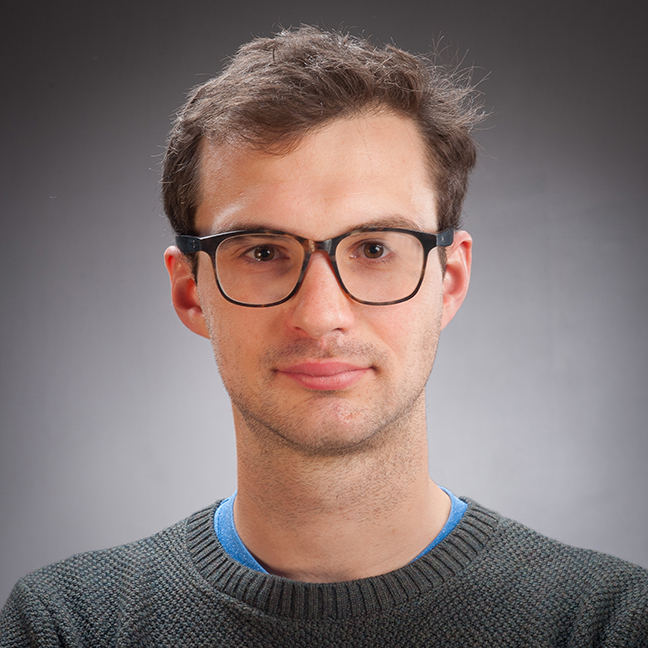 Calum Chamberlain is chasing a better picture of Auckland's seismic activity. (Image: supplied)
Calum Chamberlain is chasing a better picture of Auckland's seismic activity. (Image: supplied)“That allows us to go from pretty much looking at looking at seismic waves as if they were like an 8-bit image of something, going up to something that's like 8K high-res,” Chamberlain said.
“You can suddenly see a lot more detail in what's going on and then are able to locate those earthquakes and understand them a lot better. We expect that we’re going to find more earthquakes.
“We know that there are some faults in Auckland, as there are faults almost everywhere in New Zealand. So, we'd expect that we might be able to see those faults a little better by locating the earthquakes well,” Chamberlain said.
Levelling the playing field
The Auckland Volcanic Field contains 53 known volcanoes, with the last eruption from Rangitoto occurring about 500 years ago.
Chamberlain said gaps between eruptions can be anywhere between 100 and 30,000 years. He said the gap between eruptions is hard to judge, and the research will look to improve predictions.
There are unused fibres in underground fibre broadband cabling known as ‘dark strands’, included as backup cabling in case of damage to live cabling. It is these dark strands Chamberlain and his team will access as part of their research.
This method has been used in California, and similar techniques have been seen in NZ previously for the Deep Fault Drilling Project circa 2011 that saw an 800-metre hole drilled into the Alpine Fault in the western parts of the South Island.
“It's one of the first times that it has been used in New Zealand for this kind of urban monitoring, which is where it's really strong,” Chamberlain said. “In cities, there's a lot of noise because of cars and that kind of thing going around.”
He said the way to combat this noise is to have many more sensors, a result the DAS method is designed to create.
If the two-year trial is successful, it is hoped a similar technique can be used in other cities in NZ, or anywhere else there is fibre laid in the country.
Permanent deployment may not be possible unless the project receives additional funding.


